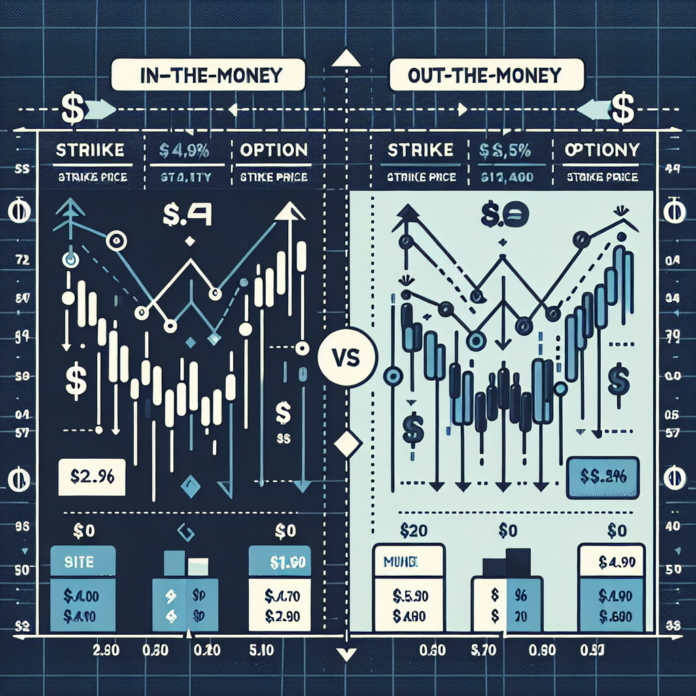Introduction:
Understanding the concepts of in-the-money (ITM) and out-of-the-money (OTM) strike prices is essential for options traders. These terms refer to the relationship between the strike price and the current market price of the underlying asset. In this article, we will break down the differences between ITM and OTM strike prices, providing valuable insights to help you make informed decisions in options trading.
- In-the-Money (ITM) Strike Prices:
An ITM strike price is one that is favorable for the option holder. For call options, an ITM strike price is below the current market price of the underlying asset. In this case, exercising the option would result in a profit if the option holder were to sell the asset immediately. For put options, an ITM strike price is above the current market price, allowing the option holder to sell the asset at a higher price than its current value.
External link 1: [Company specializing in ITM strike price analysis]: [URL]
Description: Explore a company providing analysis and insights into ITM strike prices. This resource can help you understand the potential benefits and risks associated with trading options at different strike prices.
- Out-of-the-Money (OTM) Strike Prices:
An OTM strike price is disadvantageous for the option holder. For call options, an OTM strike price is above the current market price, meaning that exercising the option would result in a loss as the option holder could buy the asset at a lower price in the open market. Conversely, for put options, an OTM strike price is below the current market price, making it unattractive to sell the asset at a lower price than its market value.
External link 2: [Company offering strategies for trading at OTM strike prices]: [URL]
Description: Discover a company specializing in strategies for trading at OTM strike prices. Learn how to assess the potential risks and rewards associated with options trading at different strike prices.
- Decision-Making Considerations:
Choosing between ITM and OTM strike prices involves evaluating risk tolerance, market expectations, and investment objectives. The preference for ITM or OTM strike prices can differ based on individual trading strategies. ITM options generally have higher premium costs but offer a higher probability of profit, while OTM options have lower premiums but require a more significant price movement to generate profit.
External link 3: [Company providing guidance on strike price decision-making]: [URL]
Description: Gain insights from a company offering guidance on strike price decision-making. This resource can assist you in evaluating the factors influencing your choice between ITM and OTM strike prices.
- The Role of Volatility:
Volatility is an important factor to consider when selecting strike prices for options. Higher volatility can increase the probability of ITM options reaching profitability and provide greater potential returns. Conversely, lower volatility may make ITM options less attractive and OTM options more favorable due to their lower premiums.
Conclusion:
Understanding the distinctions between ITM and OTM strike prices is crucial for options traders. ITM strike prices offer favorable positioning for option holders, while OTM strike prices pose challenges. By exploring the external resources provided, considering risk tolerance, and evaluating market expectations, traders can make informed decisions when navigating the options market based on their chosen strike prices.




 AGF-B.CO
AGF-B.CO